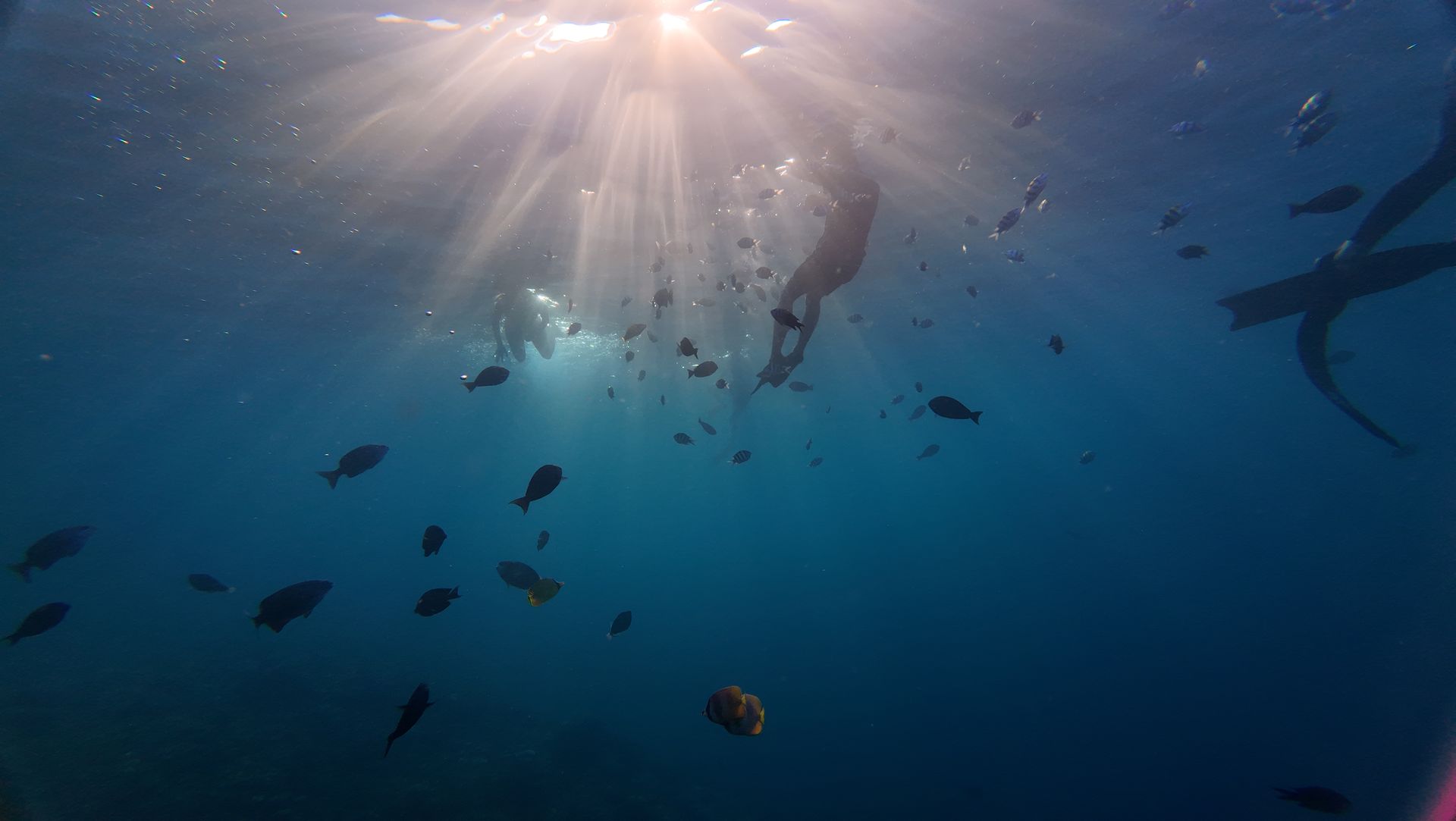Behind the Scenes and Beneath the Surface
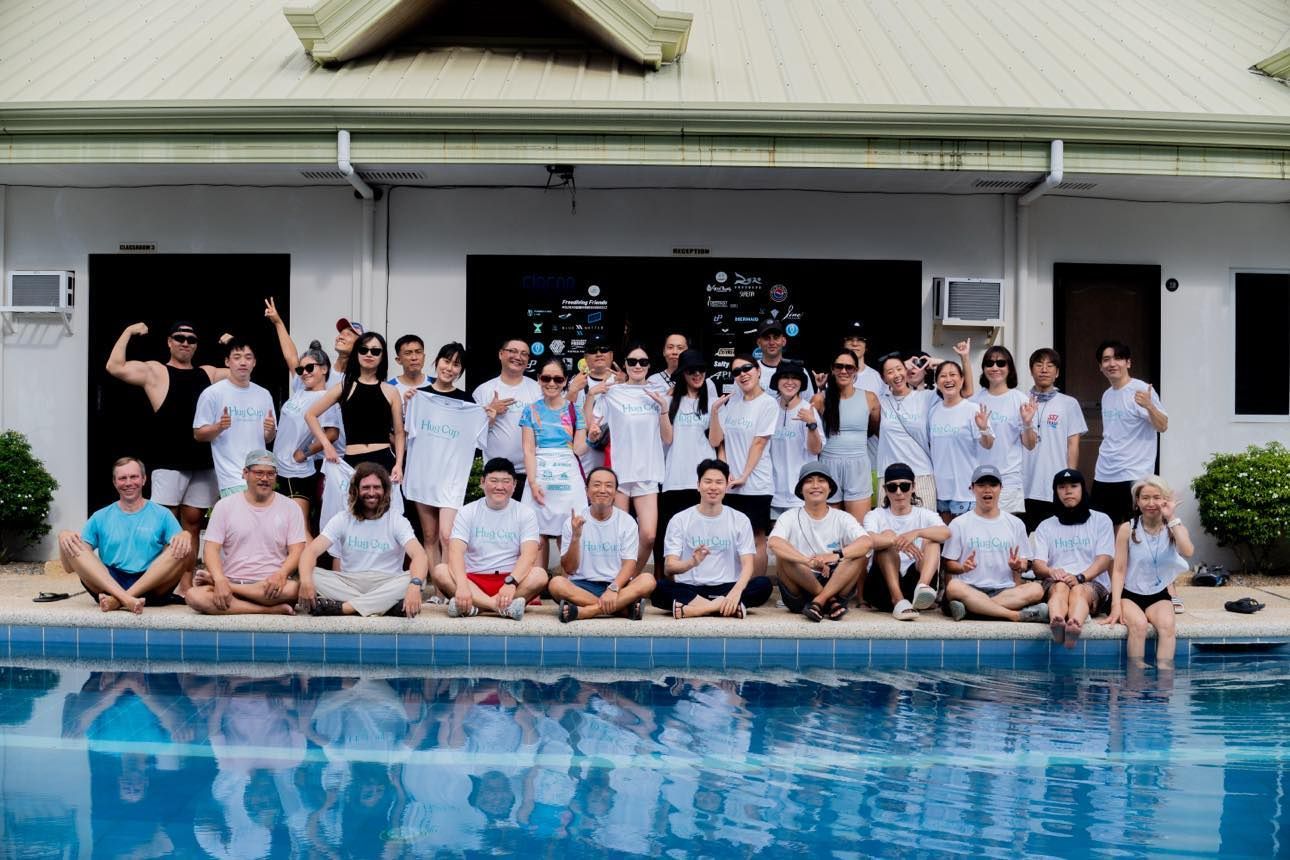
It’s 1:10pm, three minutes before my official top time. I’m floating in the warm blue of Panglao, Philippines, my lanyard clipped in, my heart pounding. For six years I’ve always chosen when to dive. Today, a voice counts me down - and when the clock hits zero, there’s no turning back.
This was my first freedive competition. I came because competition is fun, it instills discipline in my life, and I wanted a challenge that would push me beyond the path of just being a freedive instructor.
Why I Decided to Compete
From the outside, freedive competitions look like they’re only about one thing: diving as deep as possible, chasing records, and sometimes the ensuing blackouts from pushing too far to achieve that.
The truth is, most people on the line aren’t there to set world records. They’re there to test themselves, kind of like entering a 10k run or a marathon. For me, it was about proving I could rise to the occasion, face the nerves, and push past personal barriers. In the end, this journey will also make me a better freedive instructor, because the setbacks and plateaus I experience - and the ways I learn to overcome them - become lessons I can pass on to my students.
What really struck me, though, was just how much effort goes into organizing these events. Behind every single dive is a small army of safety divers, judges, organizers, and volunteers whose one priority is keeping every athlete safe. I walked away with an even deeper appreciation for the unseen work that allows freedivers like me to step onto the line with confidence.
The Training Journey
My path here started months earlier. In May and June, I completed the Master Program at Apnea Bali, which leveled up my training. Because of my fibromyalgia - which I’m just about managing while teaching freediving and trying not to relapse into it - I was worried about whether I had the energy for such a demanding program. The Apnea Bali Master Program is pretty intense with three days of training depth and one day of rest, but with the help of ice baths I managed to thrive (I managed to convince my friend who runs Bali Freedivers to invest in one). I even added strength training sessions and was genuinely happy training for myself and living the life of training.
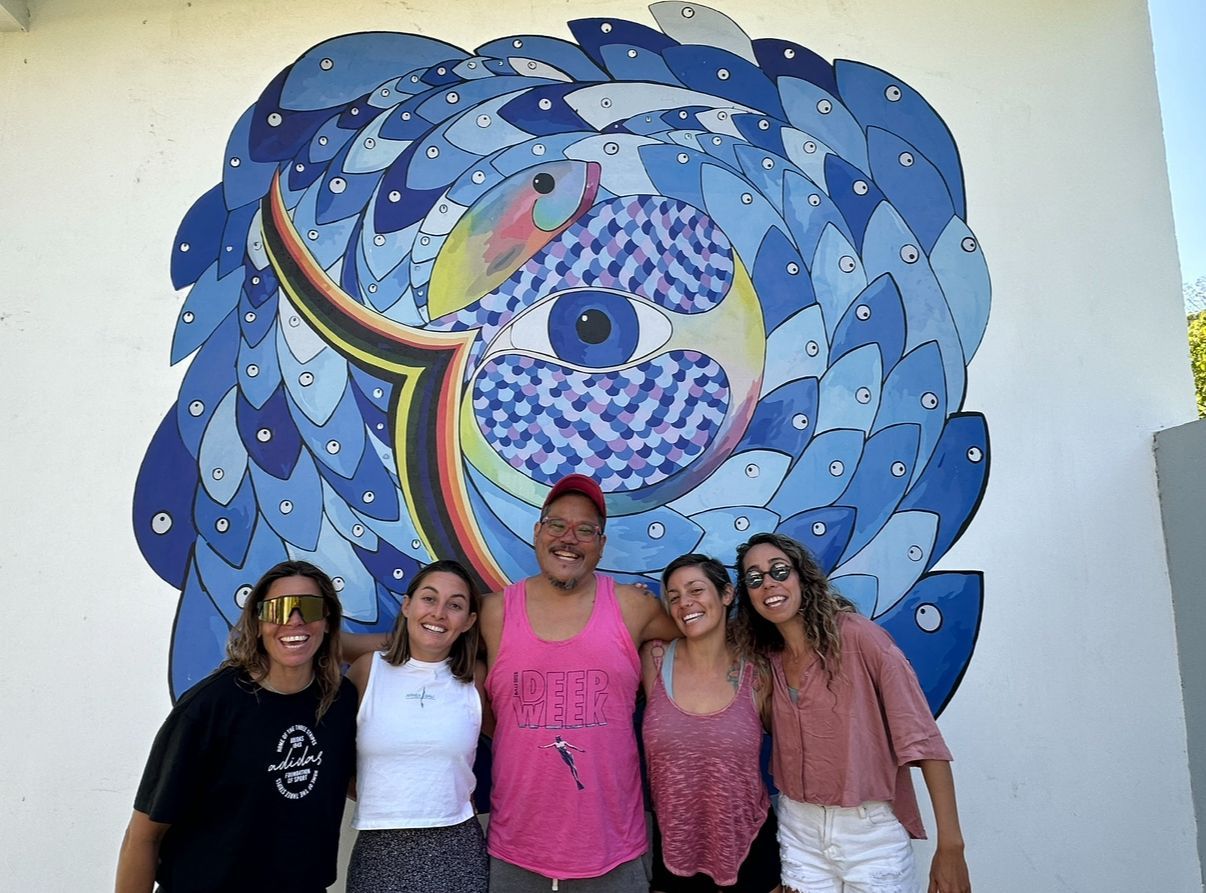
Back home in Xiaoliuqiu, I balanced teaching courses with my own preparation, focusing less on physical drills and more on mental training: meditation and visualization. One change I made was cutting down on social media. Scrolling was not just a waste of time, it was fragmenting my focus - and focus is everything when you’re visualizing a dive, when you’re free falling, when you’re holding your calm against the urge to breathe. I swapped scrolling for books on Kindle, and I built more discipline into my days.
I also had specific goals:
- Hit 50 meters in Free Immersion (FIM) with a mask — a requirement for my Molchanovs Wave 3 Instructor upgrade.
- Compete before the Volcano Cup in Kagoshima, Japan (Sept 2025) to gain some experience.
- Build results as part of my longer term goal: applying to the U.S. Men’s National Team for the 2026 World Championships.
So when I arrived in Panglao and discovered there was a competition running, I knew it was my chance.
Challenges on the Road
In freediving, the challenge is almost always equalization, and for me it came hand in hand with expectations. I’d head into training sessions with a fixed idea of what depth I “should” reach - and when I didn’t, I didn’t get outwardly frustrated, but I’d turn inward, dissecting the problem, maybe even feeling a little down and disappointed.
A dinner with a friend shifted my perspective. He recommended
Zen of Climbing, a book whose lessons applied perfectly to freediving. The core idea: release attachment to results. You won’t make a dent in the universe by hitting or missing a depth. Focus instead on enjoying the dive. That mindset change made training lighter, more joyful.
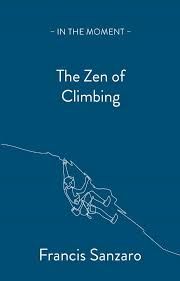
Still, when comp day came, the nerves hit hard. Stepping off the boat into the warm-up area, the anxiety felt heavy - the kind of anxiety that used to spiral into panic attacks before I discovered freediving. But this time, I had tools. Thanks to my friend Elaine Hicks (The Underwater Therapist), I had learned breathing and body-awareness techniques to calm myself. In addition to Elaine’s teachings, my yoga, meditation, and breathwork practice gave me a foundation that she helped augment. The nerves didn’t vanish, but they didn’t spiral and I dove anyway. That’s the difference now.
About the Hug Cup
The competition I joined was the Hug Cup, organized by Freedive Panglao in the Philippines. It was previously known as the Depth Games, first held around 2021, but starting in 2025 the name was changed to Hug Cup under new leadership.
The event is now organized by Jay and Lucien, both instructors with Freedive Panglao, who also run their own dedicated safety team, Safetyteam HUG. Their philosophy is clear: safety comes first, and every athlete should feel like a winner regardless of depth or performance.
That ethos is why Hug Cup does things differently. Instead of prizes based on rankings, they run a lottery system where every competitor - and even the safety team - has a chance to win prizes from the sponsors. It creates a lighthearted, supportive atmosphere that takes some pressure off athletes and emphasizes community.
Despite the fun vibe, Hug Cup has still seen some serious performances. Multiple national record holders have competed here.
At the competition I attended,
Enchante Gallardo set a new U.S. national record in Constant Weight (CWT), hitting 101 meters - an incredible achievement.
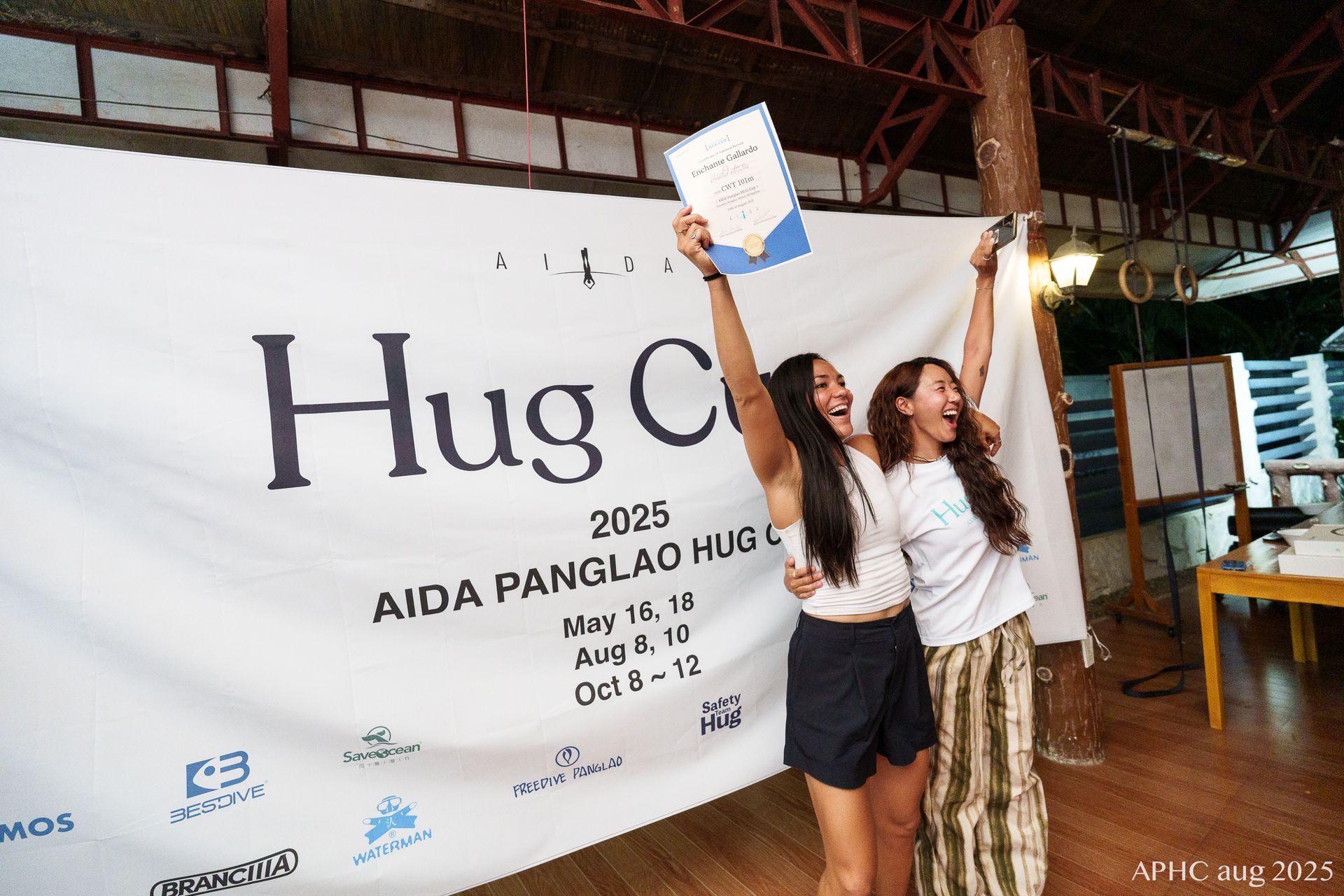
This mix of world-class dives, beginner-friendliness, and emphasis on safety makes Hug Cup unique. It was the perfect competition for me to step into for the first time.
How a Freedive Competition Really Works
Here’s what most people don’t see:
- The Day Before: Competitors check in with medical forms signed by a doctor, ID checks, lanyards inspected and tagged and announce their performance (depth, discipline and dive time). The organizers then give you your official top (time of performance) from deepest to the shallowest and time when you can enter the warm-up area.
- The Safety Net: A crew of safety divers are involved, this makes competition one of the safest times for a freediver to dive and sometimes right up to their limit . One watches you during warm-ups; 2-4 (depending on your target depth) wait for you at various depths on the official dive; two judges wait on the surface to assess your surface protocol.
- Warm-ups: Two buoys are set up for warm-up dives, each with a line to ~40 meters. Divers cycle through in near silence, relaxing, breathing, and doing their warm up dives.
- The Countdown: Unlike training, where you dive when ready, competition means obeying the clock. You have a minimum 3 minutes on the dive line to do your prep. Then you are counted down to your official top. 2 minutes - 1 minute 30 seconds - 1 minute - 30 seconds - 20 seconds - 10 seconds - 5 seconds - 4 seconds - 3 seconds - 2 seconds - 1 second – Official Top (OT). It adds pressure - but it also forces you to commit.
- Surface Protocol: On surfacing, you must remove your facial gear, make an “OK” sign with your thumb and finger, and say “I’m OK.” It’s an objective test of clarity, and the judges watch closely. Get it right and you may earn a coveted white card meaning a successful dive. Yellow card is with some penalties and red card is the most undesirable result where your dive basically doesn’t count.
This framework is what keeps the sport safe and standardized, and it gave me a deeper appreciation of freediving as not just a practice, but a professional sport.
My Dives
For my first announced dive, I chose 42 meters in Free Immersion. Experienced athletes had advised me: “Prioritize the white card on your first comp.” Going too shallow felt empty, but too deep risked an early turn or blackout. Forty-two was enough to challenge me a little bit but still feel within reach as to not to add extra nerves to the first day of comp nerves.
When the countdown hit zero, I was calm but hyper-focused - a blend of anxious energy and flow state. I hardly noticed the world around me. If you look at the photo below I actually have a little smile on my face. The dive itself felt smooth. At the bottom plate, some small drama. During the pre-comp briefing, one of the organizers said that tags were secured tightly and the best way to pull it off was to do it with a twist. Removing the tag from the bottom plate and returning it to the surface to show the judges is part of a successful dive in competition.
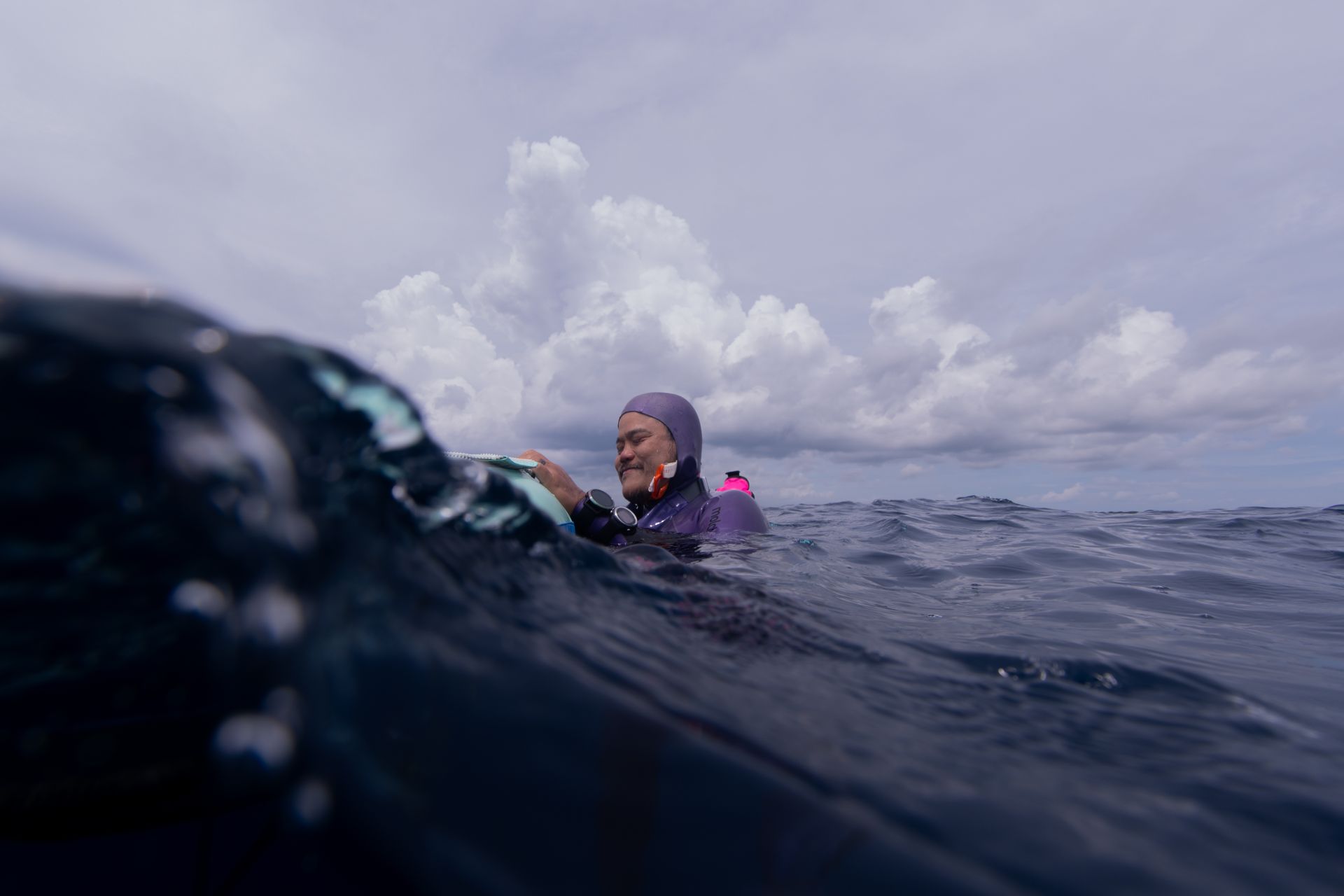
I’d forgotten this when I got to the bottom plate and my first tug was unsuccessful, and then I remembered the twist. Then the next drama. I had made an elastic band to fit around my thigh with velcro on it to place the tag. When I moved to place the tag on it, it was not there as it had slid down my leg. I then had to carry the tag awkwardly in my hand back to the surface while pulling myself back up on the rope - a small issue, but nothing compared to what my nerves had imagined.
I surfaced, completed my surface protocol, and earned my first white card.
On day two, I announced 45 meters. But this time, it wasn’t the same nerves - getting the first dive out of the way helped enormously. The heavy nerves from day one were gone. Sure, there was still some pressure, but it was significantly less and the dive was actually enjoyable. I hit 45 meters easily and felt I could have gone much deeper.
Upon surfacing, there seemed to be some hesitation on giving me a white card as the judges had a brief conversation, judging by their body language they were questioning whether I made a proper OK sign with my finger and thumb (it was hard to see because the tag was in my hand). However, in competitions, judges are supposed to give the benefit of doubt to the diver. Another white card, and a lot more confidence.
The Cost of Competing
Freediving competitions aren’t cheap. For this event, the entry fee was US$250 for two dives, which is about average. Most depth comps run between US$100–150 per dive, sometimes more depending on location and logistics.
On top of that, there’s usually an official photographer offering packages. For this comp, the photo package — including videos and edited stills — cost US$150 for two days. (The photos you see here are from this guy, and worth it in my opinion.)
When you realize the scale of the operation - safety divers, boats, judges, logistics — and the relatively small number of athletes, the costs make sense. None of it would be possible without sponsors Atmos, Zea, Best Dive, Branciiia, Tamera Freediving, Downrise and Waterman Korea who step in to support and keep things running.
At the closing ceremony, everyone — athletes and safeties alike — went home with a prize. I walked away with a women’s spring wetsuit (for my wife) and a Brachiiia set of mask, snorkel, hat, and dive socks. A nice haul, and a reminder that competitions aren’t just about results — they’re about community.

What I Learned
This competition taught me more than just numbers on a dive watch:
- Performance anxiety is real: I’m not good at public speaking, and that same nervous energy carries into competing in front of people. But it showed me where I need to grow. I even recently went to an open mic night at a comedy club in Taipei, and maybe one day I’ll volunteer to get up on stage and face that fear directly.
- Discipline matters: Staying off social media, keeping my morning routine (morning walk, meditation, yoga, stretching, reading), and focusing my mind made a massive difference.
- Recovery is key: With fibromyalgia and age as factors, I don’t bounce back like younger athletes. Ice baths, nervous system care, and rest are my secret weapons to keep training.
- Don’t chase
- embrace the struggle: Progress is slower for me. But that makes me a better instructor, because I know firsthand how to help students through plateaus.
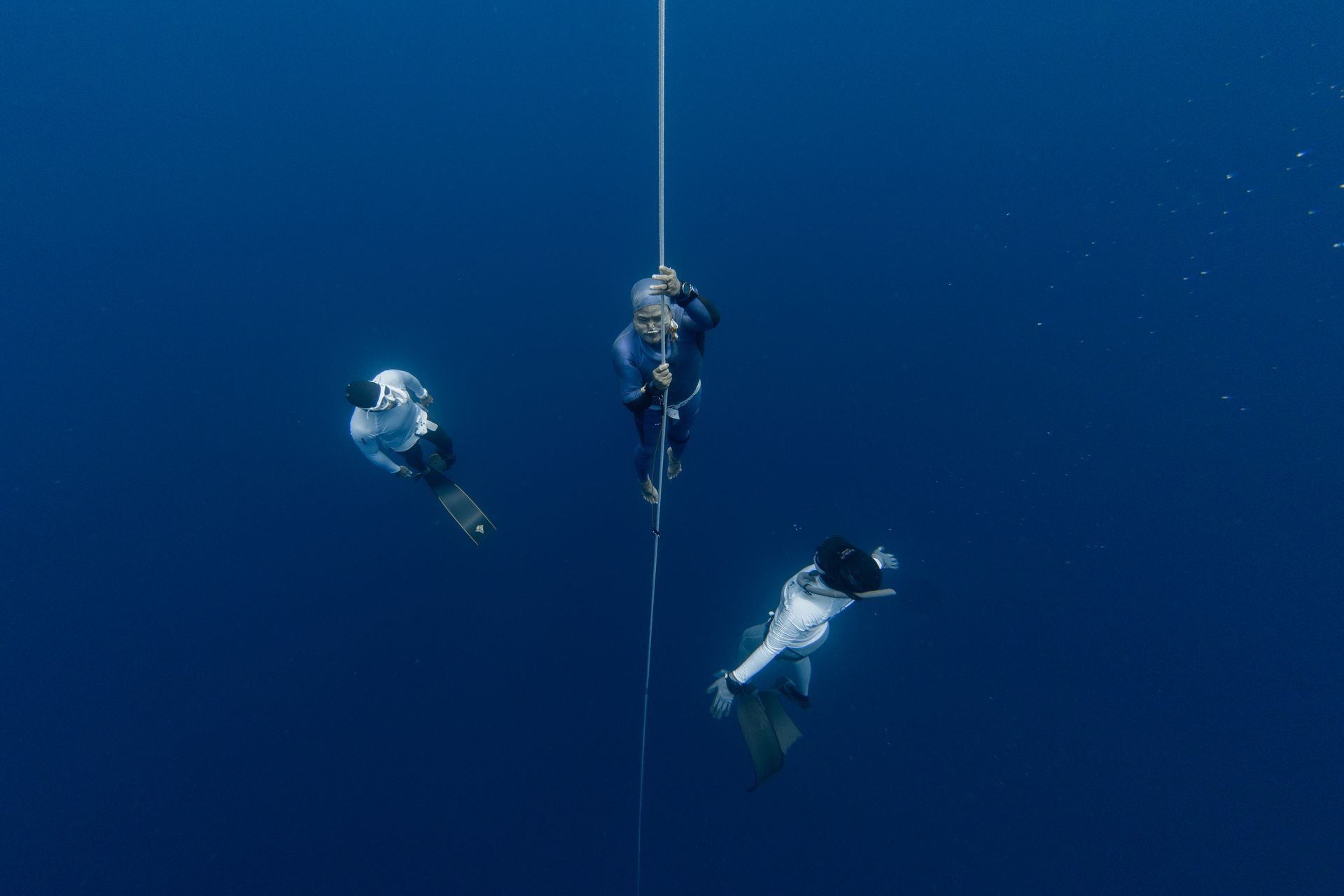
Interestingly, when competition day arrived, my comp dives felt easier than many training dives. The preparation worked - and I realized I should implement my pre-comp routine into my training as well, to get more out of every session.
Advice for Beginners
If you’re new to freediving and curious about competitions:
Just go for it. My first piece of advice: if you’re thinking about doing a competition, sign up. Whatever level of freediver you are, it’s such a rewarding experience. All you need is to be a certified freediver and a member of your country’s AIDA or CMAS association, depending on who the dive comp is governed by.- Consider starting with a
pool competition - it’s cheaper, easier logistically, and still teaches you how to perform under pressure.
- White card first - When you’re ready, enter depth competitions with humility: aim for the white card first, results second at your first competition
- Training - practice the things you normally don’t do in training which you do in a competition, ie bottom tag pull and surface protocol.
Have an experienced coach with you: Under AIDA rules, athletes are allowed one coach with you into the diving area. I had my former student, who has many comps under his belt, and he was great to have by my side guiding me through something I’ve never done before and took away some of the nerves.
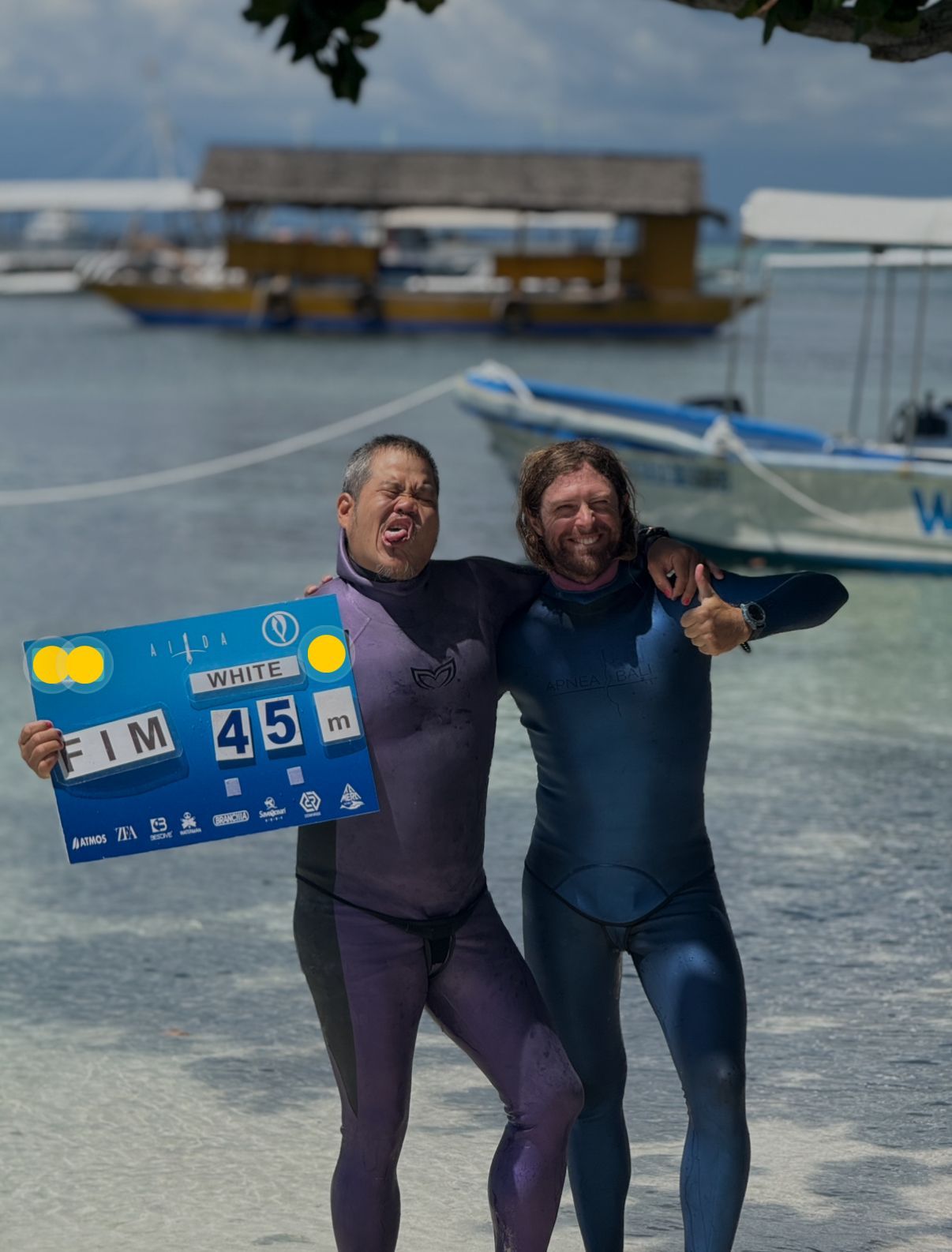
Looking Ahead
This was just the beginning. At the time of writing, I have a few more competitions lined up as I work toward my long-term goal: competing for the U.S. Men’s National Team at the 2026 World Championships.
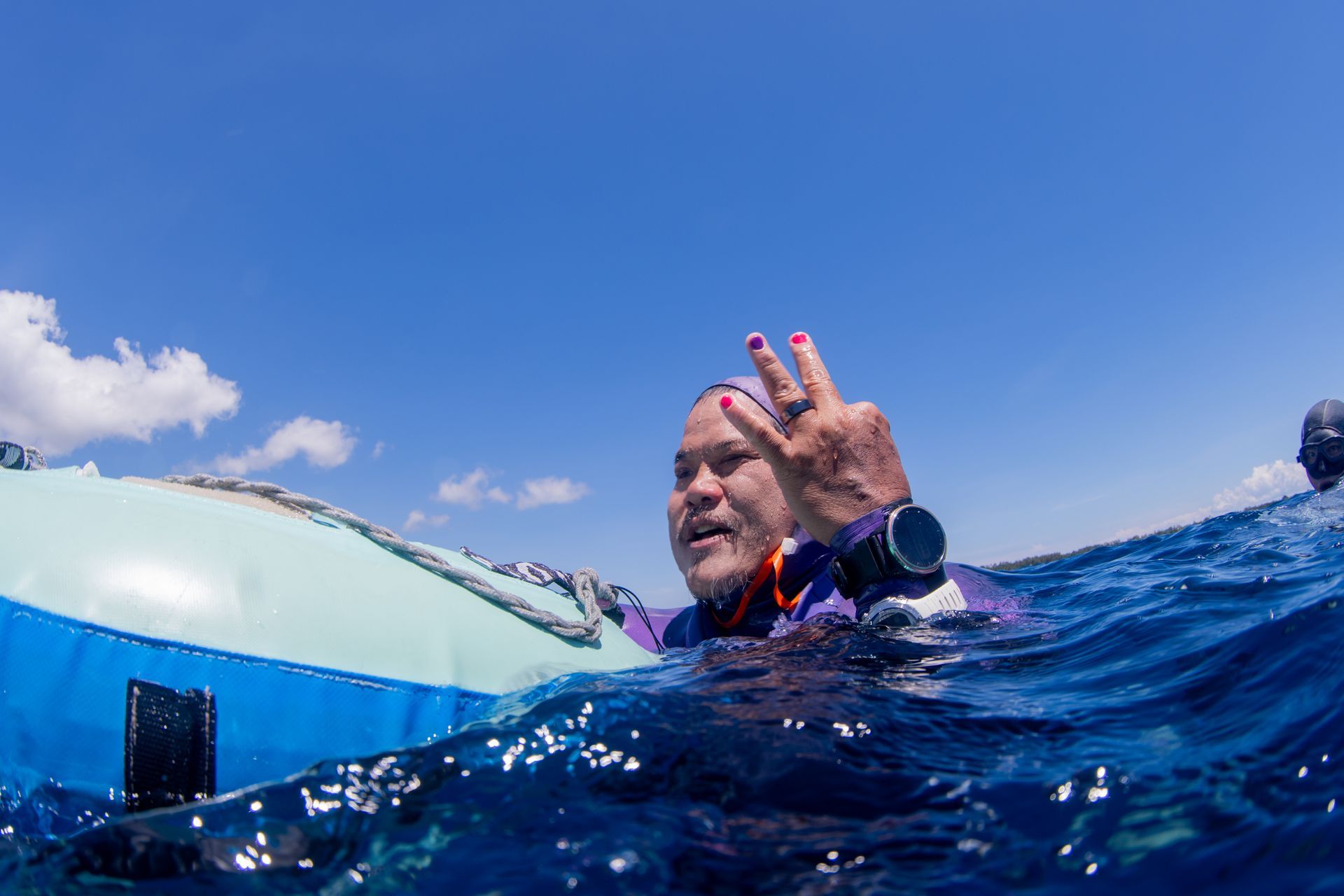
Final Reflection
If I had to sum up my first freedive competition in a few words: Gratitude and What an experience.
Two white cards. Forty-one meters. Forty-five meters. More than numbers, it was proof that the nerves don’t win anymore. Those years of struggle with anxiety, panic, and fibromyalgia have transformed into discipline, focus, and growth.
This comp wasn’t just about me diving deeper - it was about becoming a better freediver, a better instructor, and maybe even a better human.
And if you’re ready to push past your limits and discover the silence of the deep, join me in Taiwan for a Molchanovs Wave 3 course - where freediving stops being just a skill and starts becoming a way of life.
ACTIVITIES RECOMMENDED
JOIN OUR COMMUNITY
Contact Us
Recent Posts
CLICK ICON BELOW TO SHARE POST
